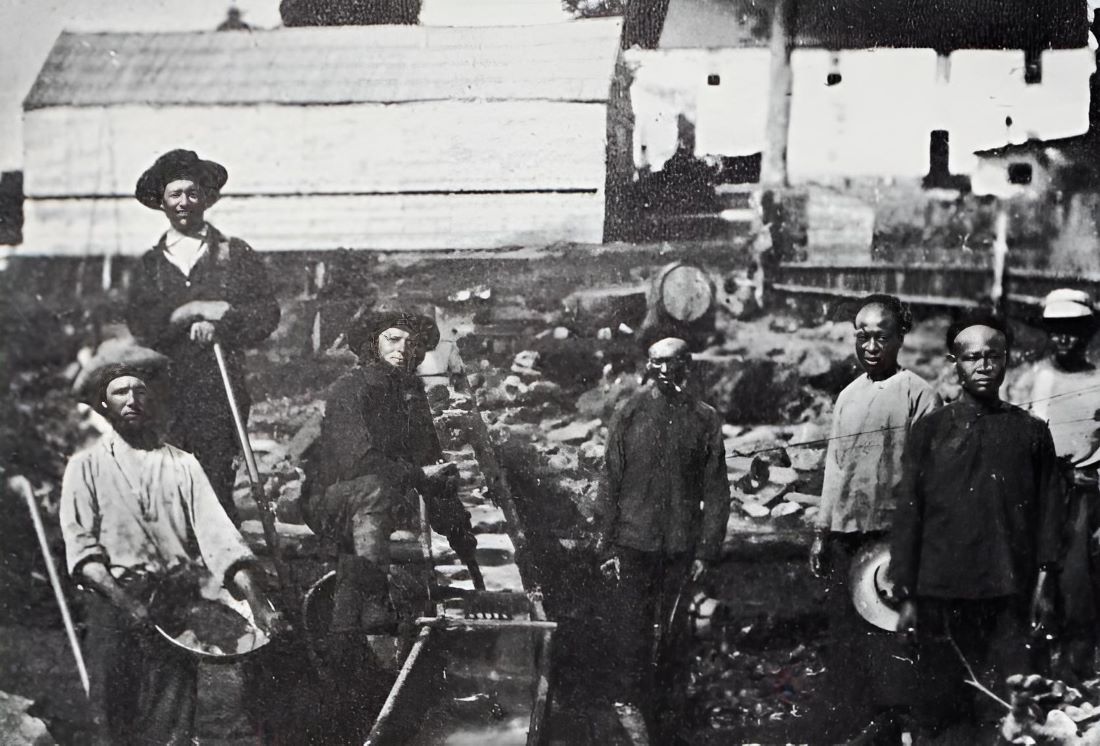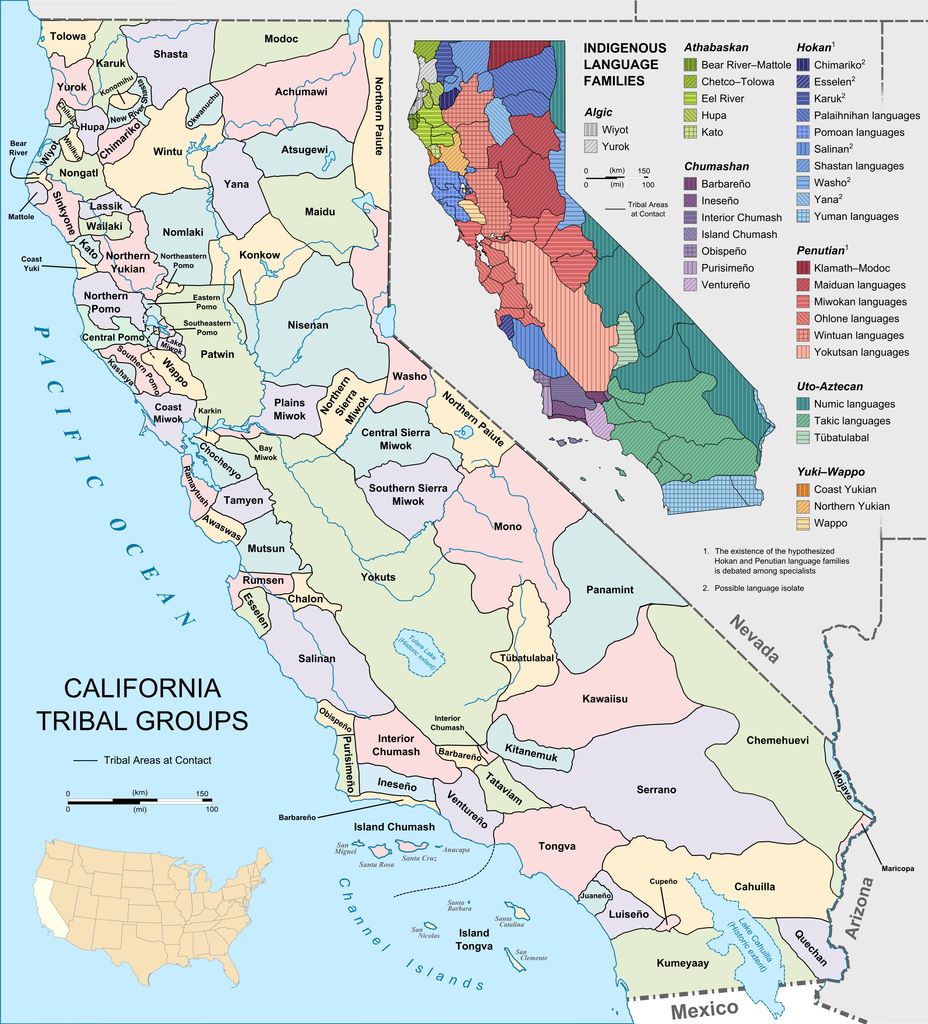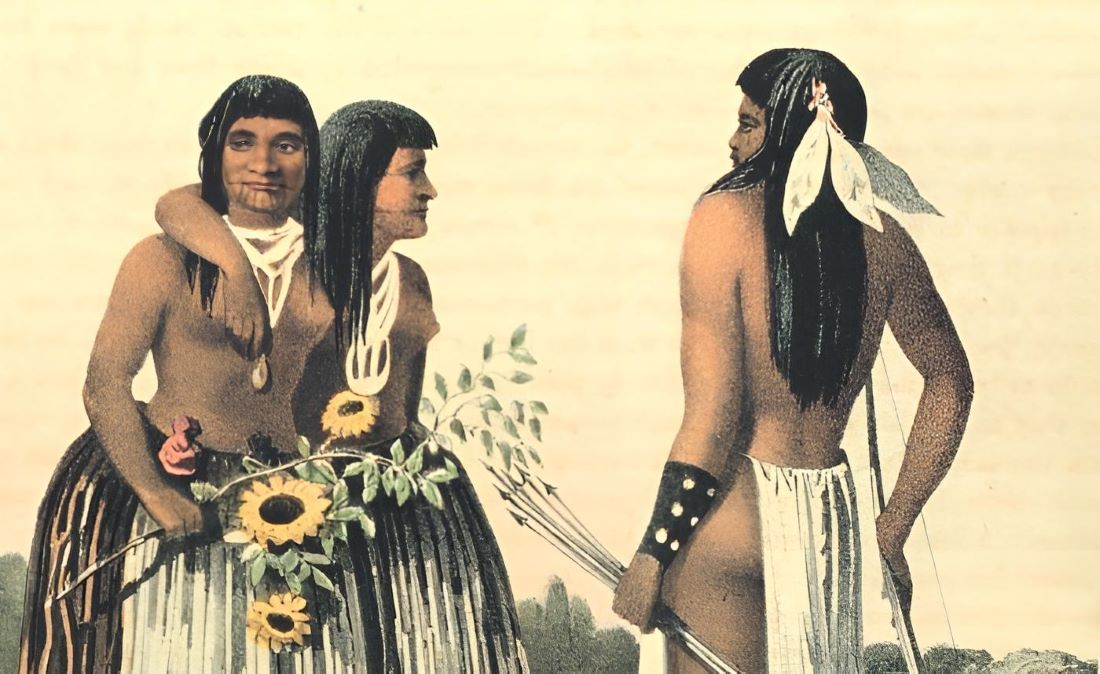The California Gold Rush, commencing in 1848, was heralded as a golden opportunity for wealth and prosperity, drawing fortune seekers from across the United States, Europe, Latin America, and even China. However, for the Native Americans, this era marked the beginning of a catastrophic upheaval. As waves of settlers encroached upon their lands, the indigenous populations faced displacement, violence, and disease. The insatiable greed for gold precipitated a near-total destruction of Native American communities in California, casting a dark shadow over the state’s history of expansion and economic boom.
Boom of the California Gold Rush
The California Gold Rush began in January 1848, when James W. Marshall discovered gold at Sutter’s Mill in Coloma. This discovery set off a frenzy of migration, with thousands of prospectors, known as “forty-niners,” flocking to California in hopes of striking it rich. At the time of the discovery, California was sparsely populated, with just a few thousand settlers, many of whom were in San Francisco. This small town of around 1,000 people soon transformed as news of the gold spread, attracting a diverse influx of fortune seekers from around the world.

By the early 1850s, San Francisco had grown into a bustling city of 25,000 inhabitants, serving as the gateway for those heading to the goldfields. The rapid population increase brought about significant economic growth, leading to the establishment of new businesses and infrastructure to support the burgeoning community. However, this sudden expansion also brought social challenges and conflicts, particularly with the indigenous populations. The Gold Rush not only reshaped the demographics of California but also set the stage for its admission as the 31st state of the United States in 1850.
Native Americans Before the Gold Rush
Before the arrival of the Spanish in the late 18th century, the region now known as California was home to an estimated 300,000 Native Americans. These diverse groups, comprising more than 100 distinct tribes, lived in harmony with the land, practicing sustainable hunting, fishing, and agriculture. Their societies were rich in cultural traditions, languages, and customs, with intricate social structures and a deep spiritual connection to their environment. The tribes thrived in the varied landscapes of California, from the coastal regions to the inland valleys and mountain ranges. Their lives were relatively undisturbed, marked by seasonal migrations and a profound knowledge of the local ecology.

The arrival of the Spanish in the 1760s began a period of upheaval for the Native American populations. The establishment of missions introduced new diseases, to which the indigenous people had no immunity, leading to significant population declines. Under Spanish rule, many Native Americans were forced into labor at the missions, disrupting their traditional way of life. This period of colonial domination continued under Mexican rule after 1821, with the secularization of the missions further dispossessing Native Americans of their lands. By the time of the Gold Rush, the Native American population had already been severely diminished, and their societal structures weakened, making them increasingly vulnerable to the further devastations that the influx of settlers would bring.
The Plight of Native Americans During the Gold Rush
During the Gold Rush, Native Americans faced unprecedented violence and displacement as thousands of miners and settlers flooded into California. These newcomers often viewed the indigenous populations as obstacles to their gold-seeking endeavors. As a result, Native Americans were frequently subjected to brutal attacks, massacres, and forced removals from their ancestral lands. The state and local governments, eager to support the settlers, offered bounties for the scalps of Native Americans, further encouraging acts of violence and genocide. Entire communities were decimated as vigilante groups and militias roamed the countryside, hunting down indigenous people.

One of the most notorious examples of this brutality was the Bloody Island Massacre in 1850, where a militia attacked the Pomo people, killing an estimated 60 to 200 individuals, mostly women and children. Similarly, the Yontocket Massacre in 1853 saw the slaughter of around 450 Tolowa people during a ceremonial gathering. Native Americans were not only victims of mass violence but were also often captured and enslaved to work in mines or on farms. These acts of aggression were part of a broader strategy to seize land and resources, driving the Native American population into severe decline and disarray.
The impact of the Gold Rush on Native Americans was devastating. According to historian estimates, the Native American population in California plummeted from about 150,000 in 1848 to less than 30,000 by 1870. This dramatic decrease was due to a combination of factors, including violence, disease, and starvation as traditional food sources were disrupted. The loss of life and culture was profound, with many tribes entirely wiped out or reduced to a fraction of their original numbers. The genocide of Native Americans during this period remains one of the darkest chapters in California’s history, illustrating the severe consequences of the relentless pursuit of wealth and expansion.
If you’re interested in learning more about the California Gold Rush, take a look at our magazine, which features a detailed 12-page exploration of this significant event in American history.
Historical Challenge: Can You Conquer the Past?
Answer more than 18 questions correctly, and you will win a copy of History Chronicles Magazine Vol 1! Take our interactive history quiz now and put your knowledge to the test!

